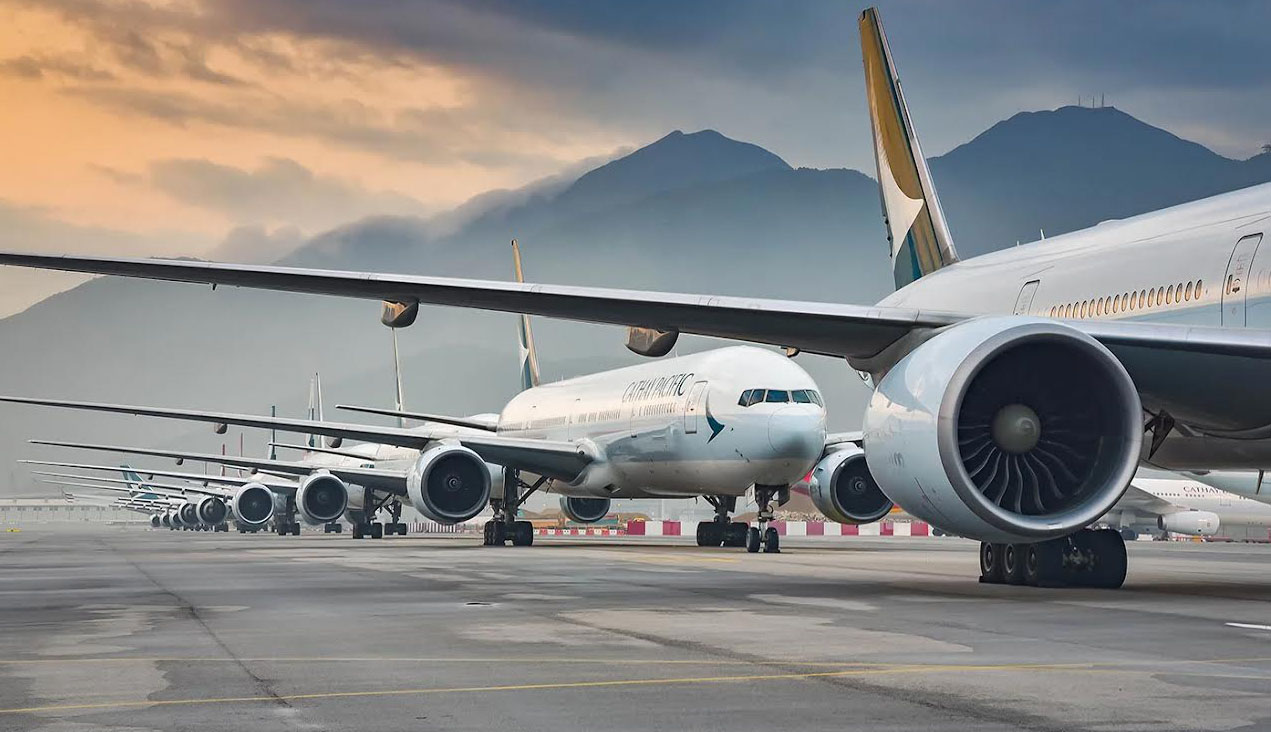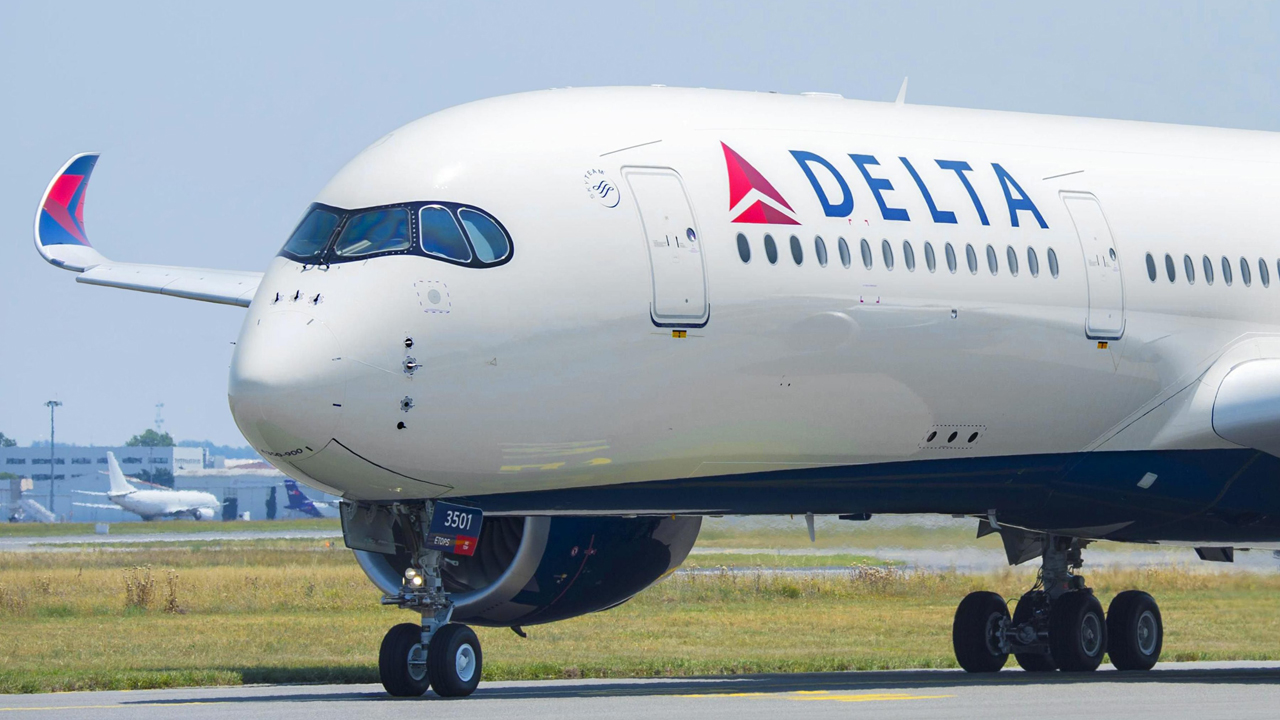
Carriers raise concerns about high operating costs in Nigeria, others
World airlines have estimated a net profit of $36.6 billion in 2025, from a 3.6 per cent net profit margin.
The projection is slightly improved from the expected $31.5 billion net profit in 2024 (3.3 per cent net profit margin). The average net profit per passenger is expected to be $7.0 (below the $7.9 high in 2023 but an improvement from $6.4 in 2024).
At the regional end, all sections are expected to show improved financial performance in 2025 compared to 2024, and all regions are expected to deliver a collective net profit in 2024 and 2025.
Africa’s carriers, including Nigerian airlines, face high operational costs and a low propensity for air travel expenditure in many of their home markets.
A significant issue is a shortage of U.S. dollars in some economies, which, along with infrastructure and connectivity challenges, hinder the airline industry’s expansion and performance. Despite these obstacles, sustained demand for air travel is expected to improve the region’s profitability marginally in 2025.
The International Air Transport Association (IATA), in its financial outlook for the global airline industry in 2025, estimated that operating profit in 2025 is expected to be $67.5 billion for a net operating margin of 6.7 per cent (improved from 6.4 per cent expected in 2024).
The return on invested capital (ROIC) for the global industry is expected to be 6.8 per cent. While this is an improvement from the 2024 ROIC of 6.6 per cent, the returns for the industry at the global level remain below the weighted average cost of capital. ROIC is the strongest for airlines in Europe, the Middle East, and Latin America, where it did exceed the cost of capital.
Total industry revenues are expected to be $1.01 trillion. That is a 4.4 per cent increase from 2024 and will be the first time that industry revenues top the $1 trillion mark. Expenses are expected to grow by 4.0 per cent to $940 billion.
Passenger numbers are expected to reach 5.2 billion in 2025, a 6.7 per cent rise compared to 2024, and the first time the number of passengers has exceeded the five billion mark.
Cargo volumes are expected to reach 72.5 million tonnes, a 5.8 per cent increase from 2024.
IATA’s Director-General, Willie Walsh, said they expect airlines to deliver a profit of $36.6 billion as airlines take advantage of lower oil prices while keeping load factors above 83 per cent, tightly controlling costs, investing in decarbonisation, and managing the return to more normal growth levels following the extraordinary pandemic recovery.
Walsh said: “All these efforts will help to mitigate several drags on profitability, which are outside of airlines’ control, namely persistent supply chain challenges, infrastructure deficiencies, onerous regulation, and a rising tax burden.
“In 2025, industry revenues will exceed $1 trillion for the first time. It’s also important to put that into perspective. A trillion dollars is a lot—almost 1 per cent of the global economy. That makes airlines a strategically important industry. But remember that airlines carry $940 billion in costs, not to mention interest and taxes. They retain a net profit margin of just 3.6 per cent.
“Put another way, the buffer between profit and loss, even in the good year we expect in 2025, is just $7 per passenger. With thin margins, airlines must continue to watch every cost and insist on similar efficiency across the supply chain—especially from our monopoly infrastructure suppliers who often let us down on performance and efficiency,” he said.
There are wider benefits of growing connectivity. Recent estimates show that airline employment will grow to 3.3 million in 2025. Airlines are the core of a global aviation value chain that employs 86.5 million people and generates $4.1 trillion in economic impact, accounting for 3.9 per cent of global GDP (2023 figures). Connectivity is an economic catalyst for growth in nearly all industries.
Walsh added that in 2025, for the first time, traveller numbers will exceed five billion, and the number of flights will reach 40 million.
“This growth means that aviation connectivity will create and support jobs across the global economy. The most obvious are the hospitality and retail sectors, which will gear up to meet the needs of a growing number of customers.
“But almost every business benefits from air transport’s connectivity, making it easier to meet customers, receive supplies, or transport products. On top of this, growth in aviation also contributes to achieving almost all the UN’s Sustainable Development Goals (SDGs),” Walsh said.
Financial performance is expected to improve in 2025 due to lower jet fuel prices and efficiency gains. Further increases are being held back by forced capacity discipline resulting from unresolved supply chain issues. This limits growth opportunities and drives up several cost areas, including aircraft leasing and maintenance.
Net profitability will also be squeezed as airlines are expected to exhaust their tax losses carry forwards from the pandemic era, leading to an increase in tax rates in 2025.
Revenues are expected to grow by 4.4 per cent to $1.007 trillion in 2025. Passenger Revenues are expected to reach $705 billion (70 per cent of total revenue), with an additional $145 billion (14.4 per cent of total revenues) from ancillary services in 2025. Travel continues to become more affordable as the passenger yield is expected to fall by 3.4 per cent (ticket and ancillaries). Unit revenues are expected to fall by a more moderate 2.5 per cent.
Seen a different way, the average airfare in 2025, including ancillaries, is expected to be $380, 1.8 per cent lower than in 2024. In real terms (adjusted for inflation), that represents a 44 per cent drop compared to 2014, indicating that significant value is being passed to consumers in the industry’s continued effort to improve efficiency.
Passenger demand (RPKs) is expected to grow by 8.0 per cent in 2025, ahead of a 7.1 per cent expansion of capacity (ATK). Aircraft departures are forecast to reach 40 million, an increase of 4.6 per cent from 2024, and the average passenger load factor is anticipated at 83.4 per cent, up 0.4 percentage points from 2024.
IATA’s public opinion polling confirms an optimistic outlook for passenger demand. Looking at the next 12 months compared to the last 12 months.
Specifically, no fewer than 41 per cent of surveyed travellers said they expect to travel more, 53 per cent expected to travel at the same frequency, and 5 per cent expected to travel less.
Forty-seven per cent of surveyed travellers said they expected to spend more on travel, 46 per cent scheduled travel expenditure to remain the same, and 8 per cent expected to spend less.
Cargo Revenues are expected to reach $157 billion (15.6 per cent of total revenues) in 2025. Demand is likely to grow by 6.0 per cent, with average yield adjusting downwards by 0.7 per cent but remaining well above pre-pandemic levels. Freight rates (quoted in 2014 dollars/kg) are expected to be $1.34, $0.06 less than 2024 and 24.4 per cent below 2014 levels.
Several trends are expected to remain favourable for air cargo in 2025. These include continued geopolitical uncertainty in sea shipments routed through the Suez Canal and booming e-commerce originating in Asia.





